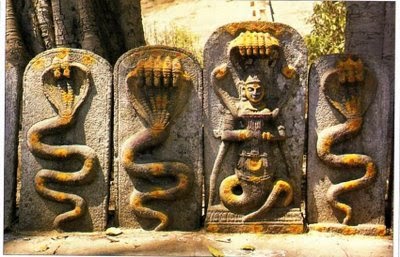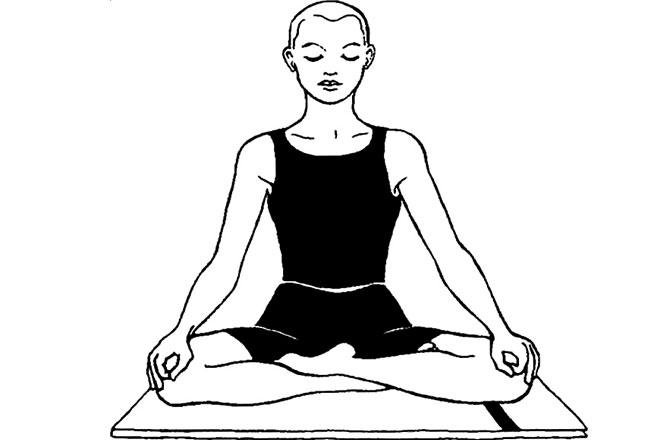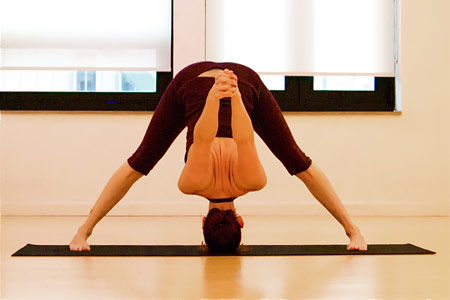Hatha yoga has become an incredibly popular style of yoga in the modern world. However, many practitioners are unaware of the long and fascinating of hatha yoga history. By exploring the origins and evolution of this yoga style over thousands of years, we can appreciate how hatha yoga has changed over time to become the practice we know today.
Hatha yoga traces its roots back to ancient spiritual texts and yoga traditions in India. The word “hatha” comes from the Sanskrit words “ha” meaning “sun” and “tha” meaning “moon.” This represents the balance of opposing energies within the body and mind that hatha yoga aims to achieve.
The Origins of Hatha Yoga

The earliest foundations of hatha yoga can be found in the Vedas, the oldest scriptures of Hinduism, which were written between 1500 and 500 BCE. The Upanishads, composed between 800 and 100 BCE, describe early yoga teachings and mention the word “hatha.” However, organized systems of hatha yoga did not arise until much later.
In the 11th century CE, Gorakshanath, an influential yogi, founded Hatha Yoga Pradipika, one of the most important early texts on hatha yoga. This text describes shatkarma (internal body cleansings), asanas (yoga postures), pranayama (breath control), mudras (hand gestures), bandhas (energy locks), and meditation techniques. Together, these practices aimed to purify the body and mind to prepare for higher states of consciousness. The Hatha Yoga Pradipika popularized the conceptual framework for hatha yoga that is still used today.
During the 12th through 15th centuries, other seminal hatha yoga texts emerged, such as the Gheranda Samhita and Hatha Ratnavali. These works expanded upon the teachings in the Hatha Yoga Pradipika and developed the understanding of shatkarma, pranayama, mudras, and meditation further. This period saw yoga masters systematize and categorize the practices of hatha yoga into the families of practices we know today.
The Evolution and Spread of Hatha Yoga

In the 17th and 18th centuries, hatha yoga faced a period of decline in India. But in the late 19th century, a yogi named Tirumalai Krishnamacharya played an instrumental role in reviving interest in hatha yoga and combining it with other physical practices. He instructed many students who would become influential yoga teachers across the world.
One of Krishnamacharya’s most well-known students was B.K.S. Iyengar, who created Iyengar Yoga. Iyengar emphasized alignment in yoga poses and the use of props, modifying yoga to make it more accessible to new practitioners. Pattabhi Jois also studied under Krishnamacharya and founded Ashtanga Vinyasa Yoga, linking breath to movement through flowing sequences of poses. These students spread Krishnamacharya’s teachings globally and popularized physical hatha yoga practiced as exercise.
Indra Devi brought hatha yoga to Hollywood stars in the United States in the 1950s, making it fashionable among celebrities. Over the following decades, more Indian yoga masters like Swami Sivananda and Bikram Choudhury migrated to the West and contributed to yoga’s increasing popularity. Bikram Choudhury created his own hot yoga style performed in heated rooms.
As yoga grew more mainstream in the 1980s and 1990s, styles proliferated to meet demand. Power Yoga focused on strength and fitness, while gentler schools like Iyengar remained accessible to older people. The physical and mental health benefits of hatha yoga became more recognized through research studies. Its popularity as exercise and stress relief continues today. Classes across different lineages offer hatha yoga to students worldwide.
Modern Practice of Hatha Yoga

Although hatha yoga has evolved significantly from its origins, its fundamental aims remain centered on using the body and breath to prepare for meditation. However, the balance has shifted toward the physical practices. Modern hatha yoga usually involves practicing asanas linked with vinyasa sequences, sometimes accompanied by pranayama and meditation. Classes provide physical fitness while introducing some of the spiritual aspects.
Compared to the original texts, contemporary hatha yoga utilizes significantly fewer cleansing practices, mudras, and bandhas. The asanas have evolved to be more physically challenging than those prescribed centuries ago. While physically rigorous hatha yoga provides excellent strength and flexibility conditioning, the mental and spiritual preparation is not as strongly emphasized.
However, many practitioners argue that the physical practice is a gateway that leads to deeper spiritual inquiry. Hatha yoga’s adaptability has allowed it to remain relevant across different cultures and time periods while retaining its essence. Practicing hatha yoga with awareness and intention can still cultivate the mind-body union that sages described centuries ago.
Conclusion
Hatha yoga has transformed over its long history from ancient spiritual texts and yogic traditions to the hugely popular style practiced around the world today. As it adapted to new eras and places, innovations like sequencing, props, and heat were introduced. While the balance has shifted more towards the physical, hatha yoga remains rooted in its original purpose of preparing the body and mind for meditation. The essence of hatha yoga persists as an accessible practice leading us to inner peace.
FAQs About Hatha Yoga History
Can you explain the ancient texts or scriptures that mention Hatha yoga’s history and practices?
Hatha yoga is documented in several ancient texts, notably the Hatha Yoga Pradipika, the Gheranda Samhita, and the Shiva Samhita. These texts detail its practices, techniques, and philosophy.
Are there notable historical figures or teachers associated with Hatha yoga?
Historical figures like Swami Svatmarama (author of the Hatha Yoga Pradipika) and Yogi Swatmarama have contributed significantly to Hatha yoga. Various yogis and gurus have further popularized it.
Can you describe the influence of Hatha yoga on modern yoga practices?
Hatha yoga laid the foundation for modern yoga practices, inspiring styles like Vinyasa, Power yoga, and Iyengar yoga. Its emphasis on physical postures and alignment continues to shape contemporary yoga.
How has the understanding of Hatha yoga’s history impacted its popularity today?
Understanding Hatha yoga’s history has fueled its popularity by highlighting its ancient roots and authenticity, attracting practitioners seeking a deep connection to yoga’s heritage.
Are there specific rituals or traditions within Hatha yoga that have historical significance?
Hatha yoga incorporates rituals like pranayama (breath control) and meditation, rooted in its historical significance. These practices continue to hold cultural and spiritual importance.
Can you recommend books or resources for learning more about Hatha yoga’s history?
To delve deeper into Hatha yoga’s history, consider reading texts like the Hatha Yoga Pradipika, The Heart of Yoga by T.K.V. Desikachar, and The Key Muscles of Yoga by Ray Long.

